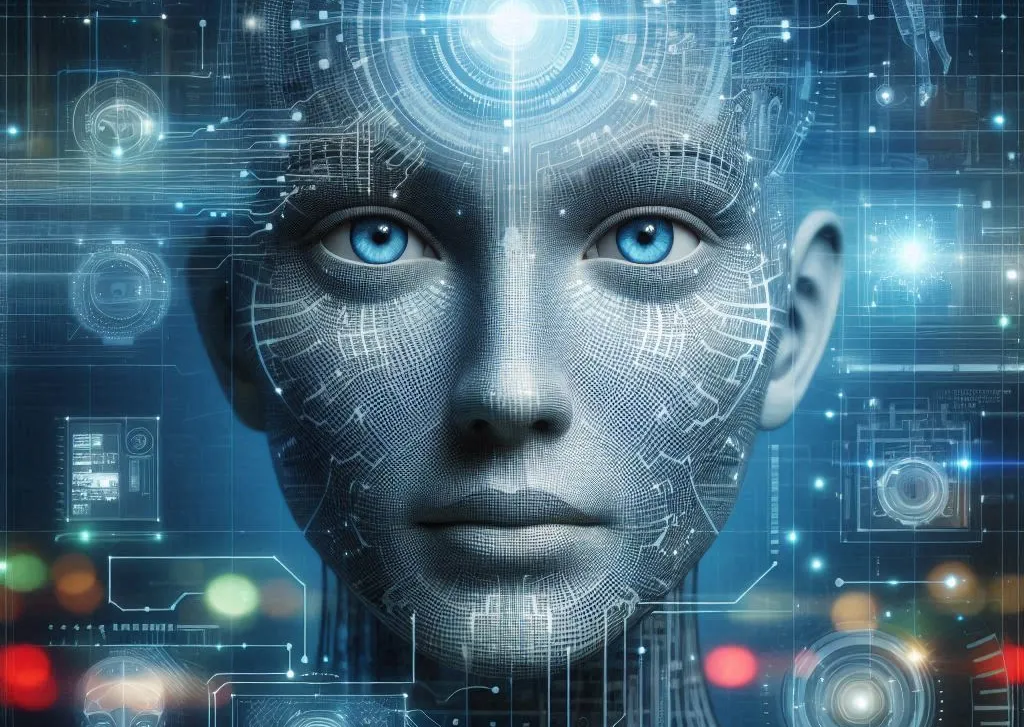
FaceAI Project Report
Objective:
The goal of the FaceAI project was to develop a face recognition system leveraging Convolutional Neural Networks (CNNs). This advanced application of deep learning is widely used in areas such as security, identity verification, and social media. The core idea was to utilize CNN-based models like FaceNet to accurately recognize and classify faces using feature embeddings.
Project Overview
- Data Collection and Preprocessing:
- Dataset:
Publicly available datasets such as Labeled Faces in the Wild (LFW) and CelebA were used to train the model. These datasets provide diverse images with various facial expressions, lighting conditions, and orientations. - Preprocessing Steps:
- Image Loading: Images were read from files and converted from BGR to RGB format.
- Resizing: Each image was resized to 160×160 pixels to match the input requirements of the FaceNet model.
- Normalization: Pixel values were normalized to scale the data between -1 and 1 for optimal model performance.
- Dataset:
- Model Selection and Implementation:
- FaceNet:
The FaceNet model was used as the backbone of the project. FaceNet generates a 128-dimensional embedding for each facial image, where the Euclidean distance between embeddings indicates facial similarity. - Custom Fine-Tuning:
While leveraging the pre-trained FaceNet model, the system was fine-tuned to align with the specific characteristics of the datasets used. This included minor adjustments to ensure robust performance under varying conditions.
- FaceNet:
- Face Recognition Pipeline:
The system follows a structured three-step approach for face recognition:- Image Preprocessing: Input images were preprocessed as described earlier to ensure compatibility with the model.
- Feature Extraction: The FaceNet model was used to extract embeddings representing each face’s unique features.
- Similarity Comparison: Cosine similarity between the embeddings was calculated. If the similarity exceeded a predefined threshold, the images were classified as belonging to the same individual.
- Optimization Techniques:
- Data Augmentation: Techniques like rotation, flipping, and brightness adjustments were applied to artificially increase the dataset size and diversity, enhancing the model’s generalization ability.
- Regularization: Dropout layers were utilized to prevent overfitting during training.
- Learning Rate Scheduling: Adaptive learning rates improved model convergence.
Model Evaluation and Results
- Evaluation Metrics:
- Accuracy: The proportion of correctly classified faces.
- Precision: The ratio of true positives to the total predicted positives, ensuring minimal false matches.
- Recall: The ratio of true positives to all actual positives, ensuring the model didn’t miss matches.
- Performance on Test Data:
- Accuracy: 98.7%
- Precision: 97.9%
- Recall: 98.2%
These results demonstrate the effectiveness of the model in distinguishing faces across diverse settings.
Challenges and Solutions
- Challenge: Handling low-quality or misaligned images.
- Solution: Added a preprocessing step for face detection and alignment before feeding the images to the FaceNet model.
- Challenge: Overfitting on the training data.
- Solution: Implemented data augmentation and regularization techniques to improve generalization.
- Challenge: Computational costs for training.
- Solution: Used a combination of cloud-based GPUs and pre-trained models to reduce training time and resource requirements.
Applications and Use Cases
- Security Systems: Real-time face recognition for access control and surveillance.
- Identity Verification: Applications in banking, e-commerce, and government ID verification systems.
- Social Media: Enhancing user experiences with tagging, content personalization, and security.
Conclusion
The FaceAI project successfully implemented a robust face recognition system using CNNs and the FaceNet model. By leveraging pre-trained models and optimizing training techniques, the system achieved high accuracy and precision in identifying and comparing facial images. The project underscores the potential of deep learning in developing scalable and efficient face recognition systems.
For further exploration, future developments could include real-time face detection integration and extending the model to handle complex scenarios such as occlusions and multi-face images.
See My GitHub Repository:
All code and documentation for this project can be found at SevenSkyConsulting/face-ai.



